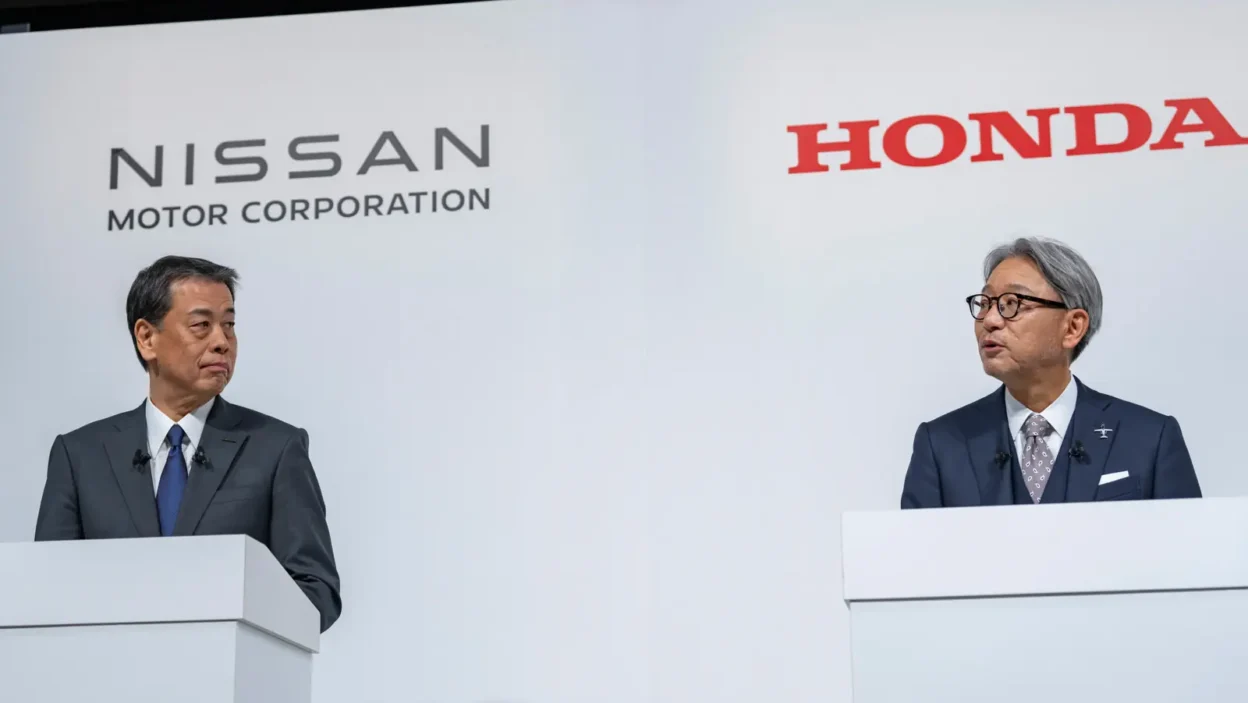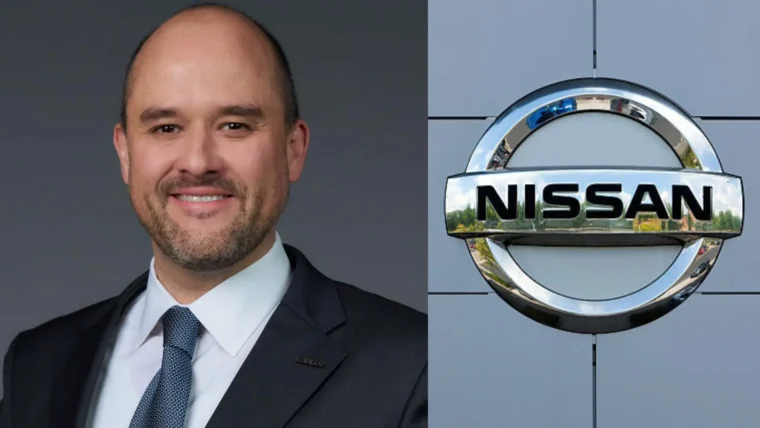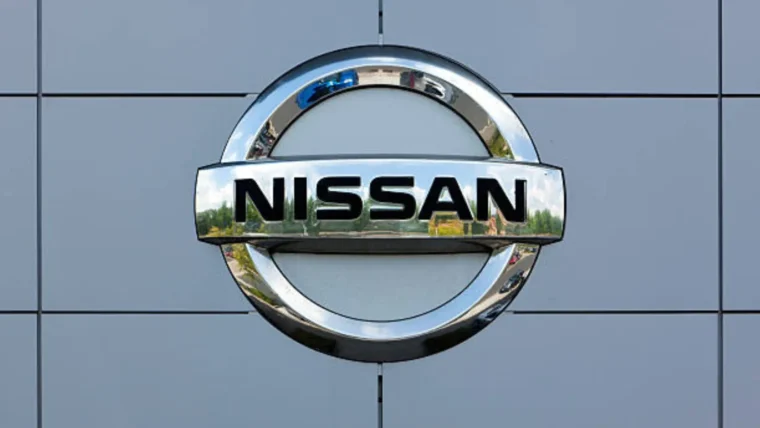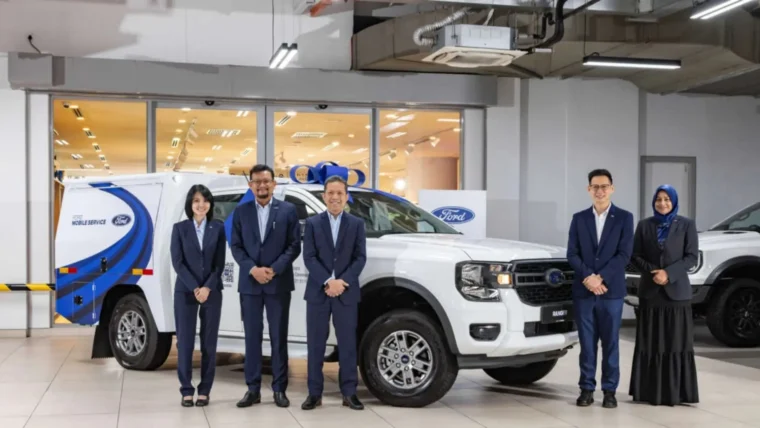The automotive world was abuzz last year when reports surfaced of a potential merger between two of Japan’s most iconic car manufacturers—Honda and Nissan. The prospect of these long-standing rivals joining forces, along with Mitsubishi (partially owned by Nissan), promised a powerhouse alliance that could have positioned them as the third-largest automaker globally.
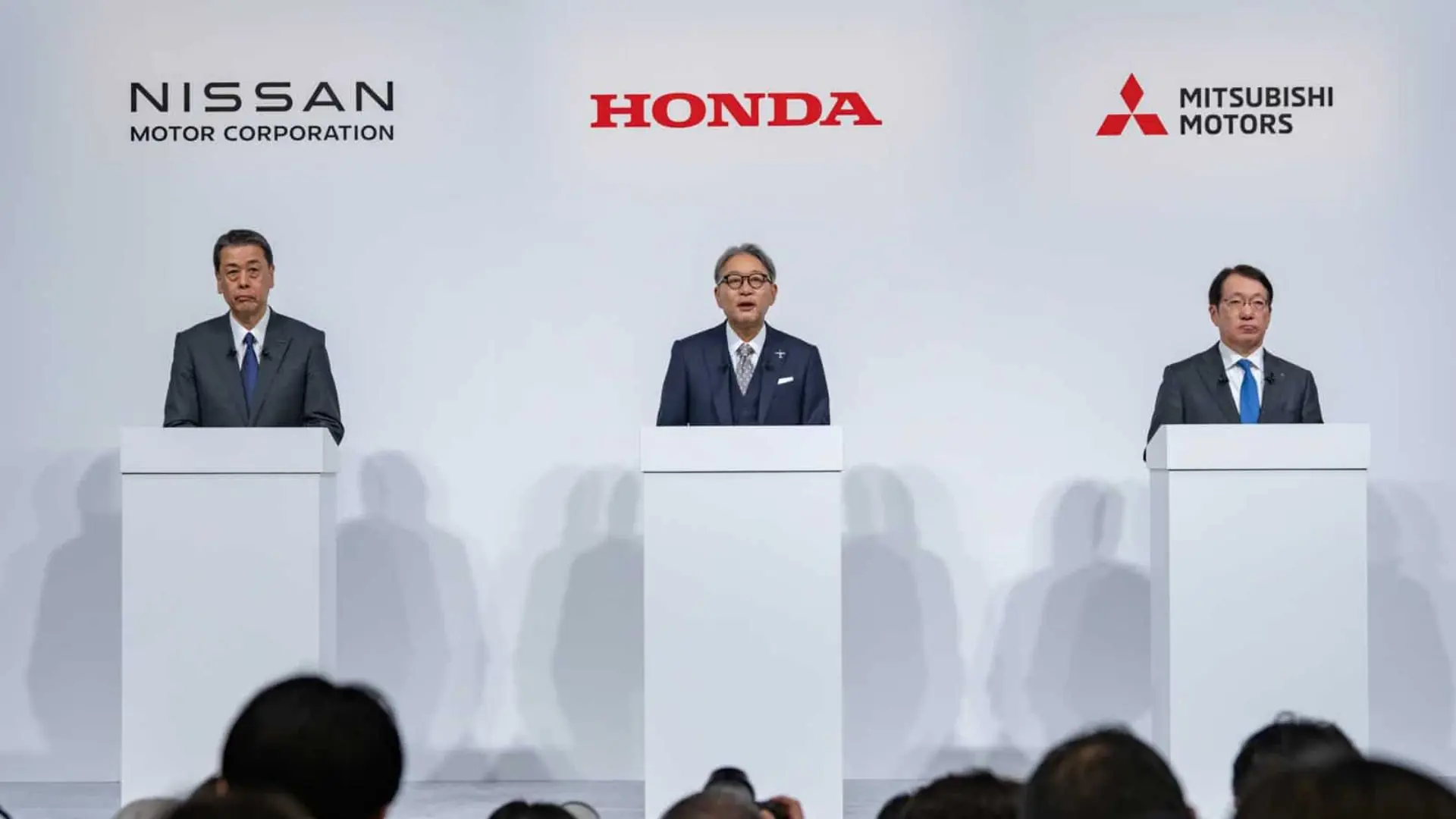
However, recent developments have put an end to these discussions. According to a Reuters report, Nissan’s CEO, Makoto Uchida, and Honda’s chief executive, Toshihiro Mibe, met to officially terminate the merger talks. The primary sticking point? Honda’s bold proposal to make Nissan its subsidiary—a move that was not well received by Nissan’s leadership.
The Merger That Could Have Been
When initial talks of a merger surfaced in December 2024, the industry was rife with speculation. A union between Honda, Nissan, and Mitsubishi would have been unprecedented, combining decades of engineering excellence and market presence.
However, as negotiations progressed, fundamental differences between the companies became apparent, making the deal increasingly complex.
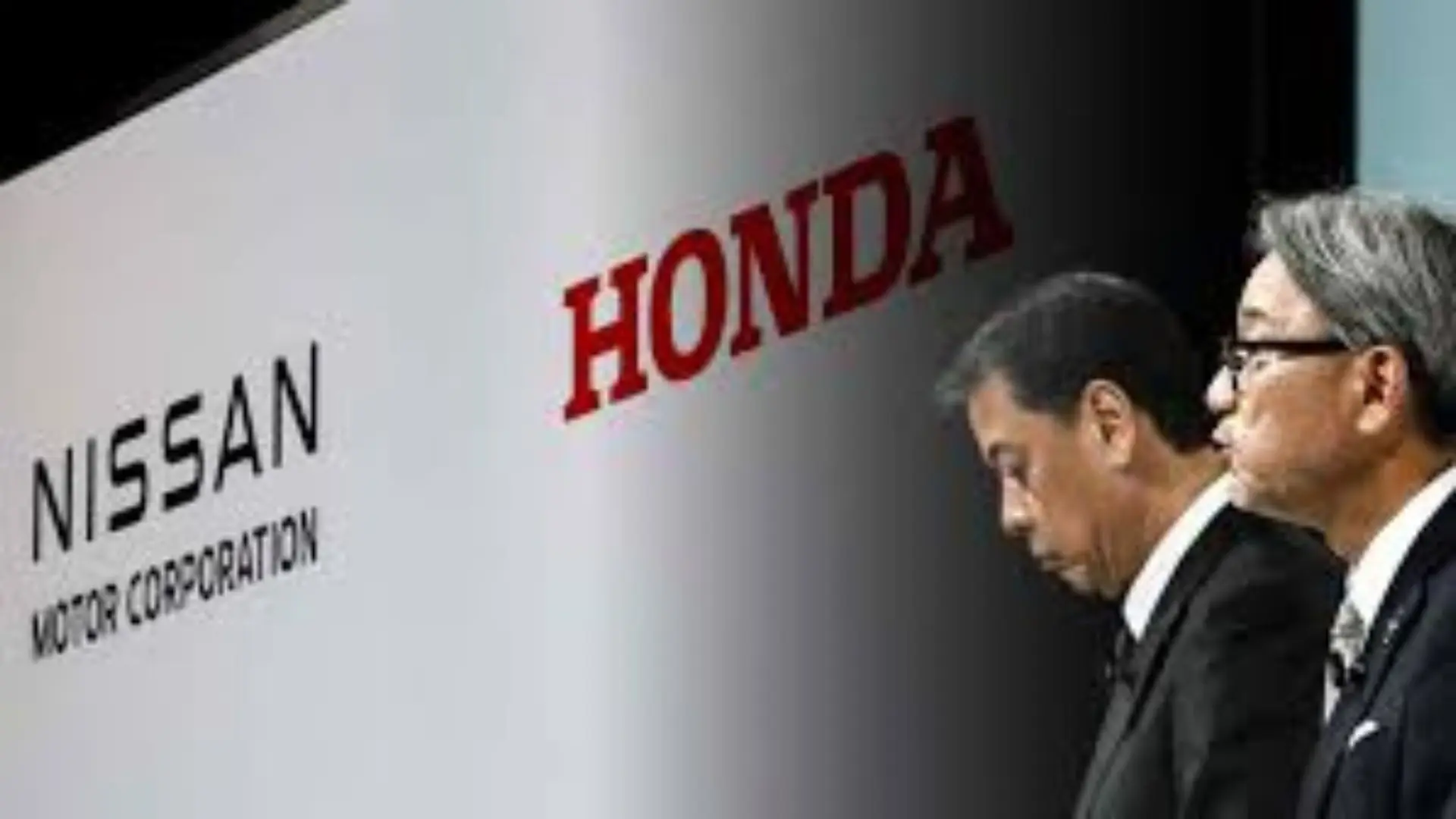
One of the most contentious issues was Honda’s lack of confidence in Nissan’s restructuring plans. Despite Nissan’s efforts to turn things around, including job cuts and reduced production capacity, Honda was not convinced these measures would be enough.
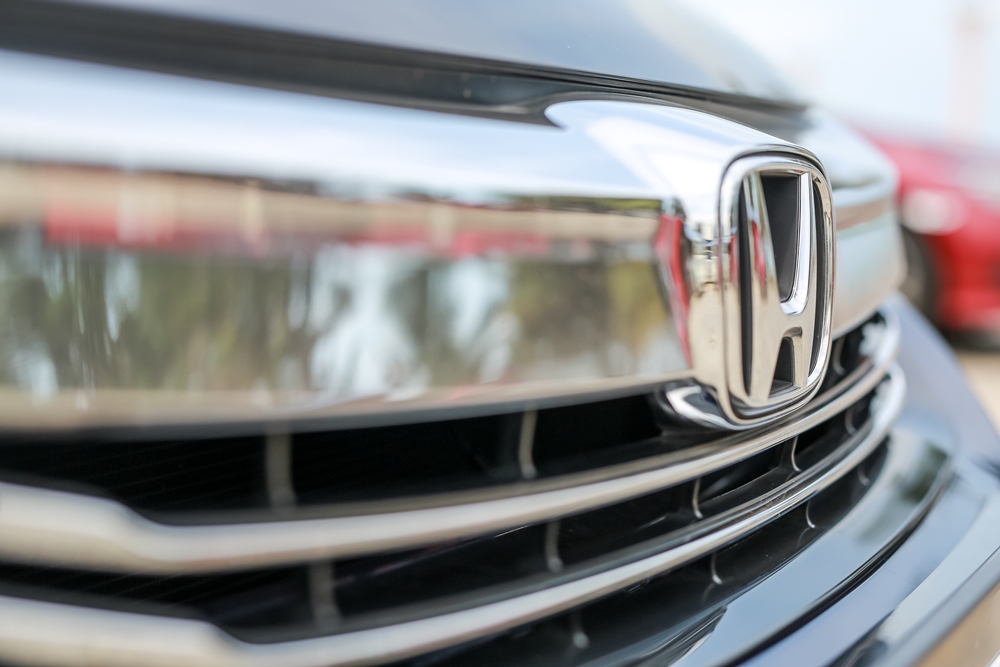
The company insisted on aggressive financial targets, including tripling Nissan’s profits and buying back shares from Renault. This would have required Nissan to generate approximately ¥400 billion (around US$2.6 billion) by the 2026 fiscal year—a daunting task given its recent financial struggles.
Financial and Political Hurdles
Nissan’s financial health has been a cause for concern. The automaker’s operating profits plummeted from US$2.3 billion to just US$225 million, making Honda’s demands even harder to meet. Nissan has already announced plans to cut up to 9,000 jobs globally and reduce its production capacity by 20%, but Honda has been pushing for even more drastic measures.
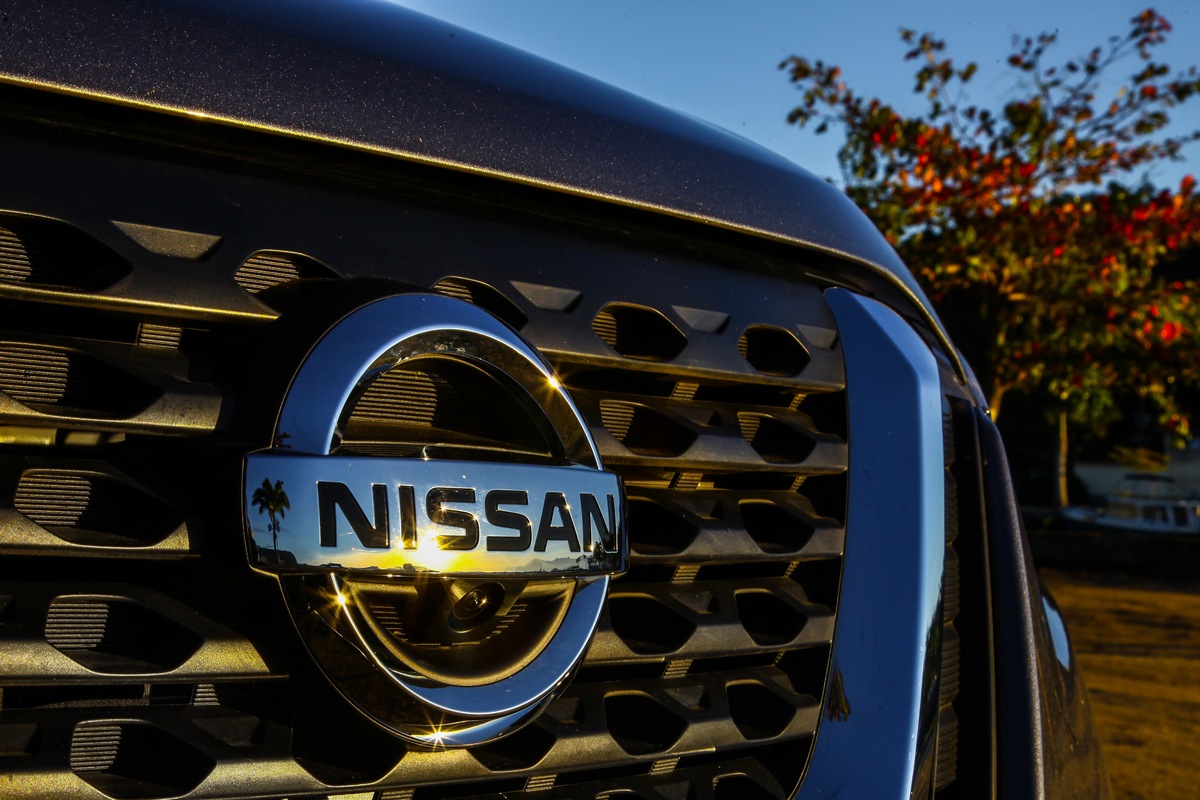
Complicating matters further is the geopolitical landscape. Nissan, which manufactures many of its mass-market vehicles in Mexico, is facing potential tariff increases from the United States under President Donald Trump’s administration. A 25% tariff could severely impact the company’s profitability and make financial recovery even more challenging.
An Uncertain Future
While reports suggest that talks have officially collapsed, neither Honda nor Nissan have released an official statement confirming the finality of the situation. There remains a possibility that discussions could resume if both parties find common ground. However, unless their differences—particularly in leadership vision and financial strategy—are reconciled, a merger seems unlikely.
For now, it appears that Japan’s automotive giants will continue on separate paths, navigating industry challenges independently. Whether this decision will prove beneficial or a missed opportunity remains to be seen.
Other posts by Keran

